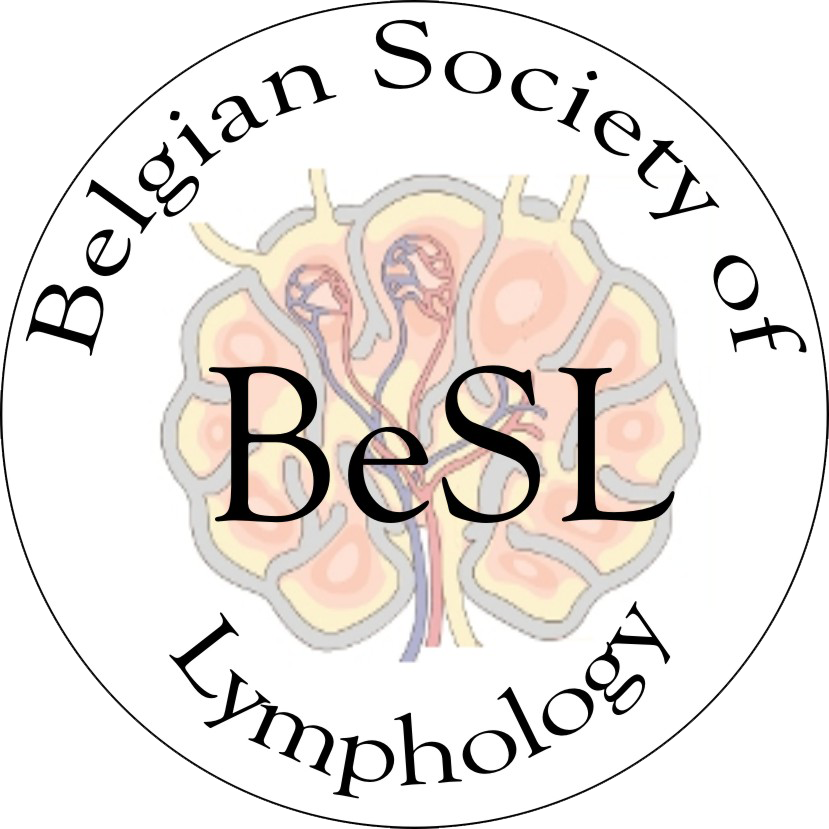Prof. Giacomo Azzali, graduated in Medicine and Surgery at the University of Parma in 1955, Ordinary Assistant at the Institute of Human Anatomy of the Faculty of Medicine and Teacher of Histology and Human Anatomy.
Winner of national competition in the aforementioned disciplines, He was: Director of the Institute of Histology and General Embryology (1 November 1967 – 30 October 1972); Director of the Institute of Normal Human Anatomy of the Medical Faculty from 1972 to 2002.
From 2002 to 2005, He was Director of the Department of Human Anatomy, Pharmacology and Medical-Forensic Sciences and also Director of the Laboratory of Lymphatology. Since 2005, Professor Emeritus.
The university experience – started with Prof. Ottaviani and shared for a long time with His beloved wife, Professor Giuseppina Romita with whom He actively collaborated scientifically within the Institute of Human Anatomy – has continued with a university commitment characterized by an all-encompassing dedication to the academic obligations up to retirement age, also tackled with the severity that characterized His entire life.
The fruitful educational and scientific activity took place with full satisfaction of the learners, evidenced by their high frequency, accompanied by the total and absolute satisfaction of the Medical Faculty that has fully appreciated the excellent qualities of intellect and character, profound honesty and sincere and open interest in the problems of school and culture.
In His prestigious scientific research activity (215 publications in national and international journals) important areas can be identified:1) the hypothalamus-neurosecretory in correlation with the other endocrine glands during particular biological conditions (natural and artificial hibernation) and experimental (allossane and dithizone diabetes);2) the identification of parafollicular cells, independent of follicular thyroxine cells, capable of their own secretory activity with a hypocalcaemic action: calcitonin;3) lymphatic vascularization with detection and three-dimensional morphological highlighting of the absorbing capacity of the absorbent peripheral lymphatic vessel, through an intraendothelial canal formation through which tissue homeostasis is performed, transendothelial migration of mononuclear cells of the immune system and metastatic dissemination of cells tumors.
In the loss resulting from the conclusion of His earthly experience, brought to fulfillment with the rigidity and the absence of trappings always pursued, I once again address to the Master the expression of my affectionate, sincere and imperishable gratitude and the awareness that, in memory He will continue to fulfill that guiding function that His life has so intensely expressed.
Prof. Maria Luisa Arcari, Ph.D.
Department of Medicine and Surgery (DiMeC)
University of Parma – Italy
email: marialuisa.arcari@unipr.it

